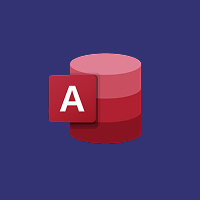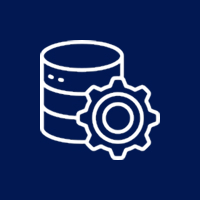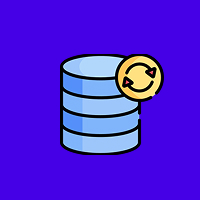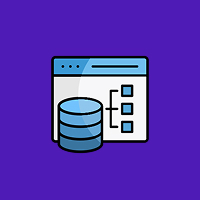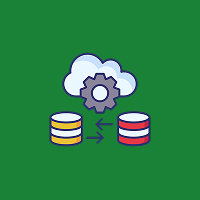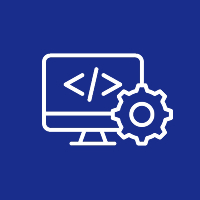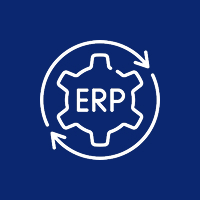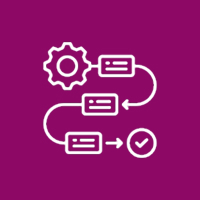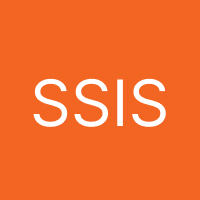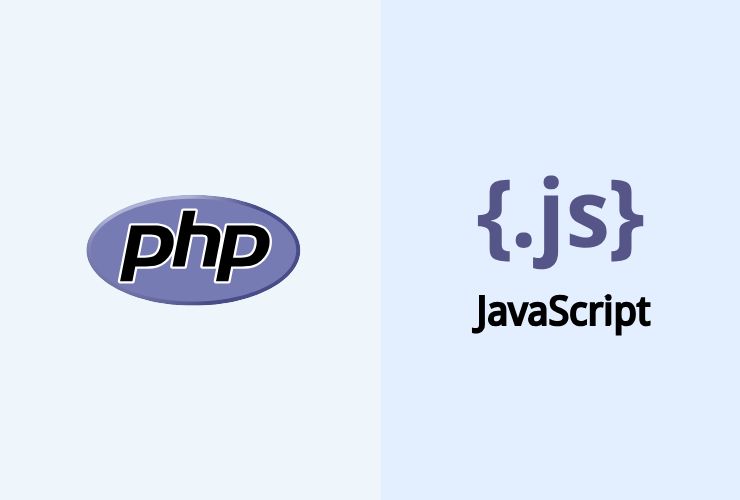For web applications, the right programming language will impact your success. It can impact your development speed, scalability, maintainability, user experience, and potential future growth. Two popular languages used for web development are PHP and JavaScript. Both are strong and regularly used but are used for different purposes in the web domain.
In this article, we will take a deep dive into the main differences between PHP and JavaScript, examine strengths unique to each, and discuss when you may want to select one over the other. Knowing these differences will help you make better decisions and develop better applications.
What is PHP?
PHP, or Hypertext Preprocessor, is a server-side scripting language. Its main purpose is to run on the server in order to create dynamic web pages and to interact with databases. When a user requests a PHP page, the server executes the PHP code and delivers the resulting HTML to the browser.
PHP has popularized itself through its common use in popular content management systems (CMS) such as WordPress, Drupal and Joomla etc. It is particularly geared towards back-end web jobs such as:
Receiving form submissions
- Maintaining user sessions and authentication
- Interfacing with databases (ex. mysql, postgresql)
- Generating dynamic content based off either backend logic or user input
PHP allows developers to combine markup and code within the same document since the code is embedded in HTML. This accessibility has made PHP popular with both beginning and experienced developers alike.
What is JavaScript?
JavaScript is a client-side scripting language and make web pages interactive. JavaScript runs in the browser and allows for actions to take effect on the web pages, such as animations, validations on the fly of forms submitted by users, and can be used to fetch dynamic page data without a user reloading the page. JavaScript’s role has become more significant over time and has expanded, especially with the development of Node.js, which runs JavaScript on the server-side. JavaScript has become a generalized full-stack language that can be used for:
Frontend development (interactive user interfaces)
- Backend development (server APIs and event-handling of real-time data)
- Mobile and desktop (with frameworks – React Native and Electron are two examples)
The event-driven and asynchronous nature of JavaScript is optimized for applications that rely on significant interactivity and require real-time performance, like chat applications or collaborative web tool applications.
Key Differences Between PHP and JavaScript
| Aspect | PHP | JavaScript |
|---|---|---|
| Execution Environment | Runs on the server (server-side scripting) | Runs in the browser (client-side) and on the server via Node.js |
| Primary Use | Backend web development | Frontend interactivity and full-stack development |
| Syntax | Similar to C and Java; procedural and object-oriented | C-style syntax; asynchronous and event-driven |
| Speed | Depends on server performance and configuration | Fast in browsers; efficient with Node.js for backend tasks |
| Learning Curve | Moderate; beginner-friendly | Easy to start on frontend; more complex for full-stack |
| Use Cases | CMS platforms, form handling, server-side scripting | UI interactivity, SPAs, real-time apps, APIs |
| Popular Frameworks | Laravel, Symfony, CodeIgniter | React, Vue, Angular (frontend); Express.js (backend) |
| Database Integration | Strong support for MySQL, PostgreSQL, and others | Handled via backend (Node.js) with libraries like Sequelize |
| Community Support | Large, stable, and mature developer community | Massive and rapidly growing community |
When You Should Use PHP
1. Classic Web Applications & CMS
PHP is great for classic server-rendered web applications and content management systems. For instance, WordPress (which powers over 40% of the web) is built on PHP. If you’re looking for a well-known, stable backend platform with relatively expansive hosting options, PHP is a great way to go.
2. Server-Side Processes
For server-side forms submissions, session management, authentication, and any server-side business logic — PHP takes a clear and well-known approach.
3. Inexpensive Hosting
PHP is supported by the kicking horse of shared hosting plans around the world, making it a low-cost entry point for any startup or small business.
4. Rapid Prototyping
PHP makes it easier to prototype and dial-in functional web applications because of the way you can mix code with HTML.
5. Legacy Systems Maintenance
Many current applications and websites are in PHP. If your project requires maintaining, upgrading, or anything else related to these applications or websites, you will need to find someone with PHP experience.
When to Use JavaScript
1. Rich Interactive Frontends
JavaScript is the foundation for modern web interactivity. If you are building an application with dynamic user interfaces, complex animations, or real-time updates from the server, JavaScript is the best choice.
2. Single Page Applications (SPAs)
The emergence of frameworks like React, Vue, and Angular offer developers the chance to build frameworks using your typical web development skills to build an SPA. In an SPA, the page loads once, but situations arise that require the pages, without a full reload. This means your app can enter a completely new view, sub-page, in a way that is smoother.
3. Real-Time and Collaborative Apps
JavaScript’s event-driven model and support for WebSockets (and even HTTP/2) make it an excellent choice for real-time applications like chat rooms, live notifications, or collaborative document editing.
4. Full-Stack Development
Via Node.js, you can use JavaScript at every layer, including frontend and backend (or in order the user interacts with the program, first backend then frontend). Basically, you can have multiple teams working on the same language through the stack.
5. Progressive Web Apps (PWAs)
JavaScript can provide functionality like working offline, sending push notifications, or providing web app-like experiences via browsers, to enrich the user experience is unsurpassed – there is hardly no reason not to add an app feel to your browser users.
Are PHP and JavaScript Compatible?
Absolutely! In many web projects, PHP & JavaScript can work well together. PHP handles server-side operations, like running database queries, user authentication, and page generation. JavaScript is run on the client side and handles interactive UI features, like updating or refreshing information on the page without a web refresh.
When both PHP and JavaScript are used together, developers can use both programming languages at their strengths to create a scalable, interactive, and user-friendly web application.
Some Further Considerations
Security: it is important to remember that PHP and JavaScript require security practices. When a developer is writing either PHP code or JavaScript code, they need to make sure to secure their resources accordingly. For example, in PHP, you need to address for SQL injection and session security, while for JavaScript, you need to be mindful of XSS vulnerabilities and secure API calls.
Performance: Node.js JavaScript can handle asynchronous requests quite easily. PHP performance and handling capacity are dependent on the server and the server’s opcode caching engine.
Tools and Ecosystem: JavaScript has more modern tools such as npm, Webpack, and Babel. PHP has older, mature, and established frameworks and package managers like Composer.
Conclusion
Choosing whether to use PHP, JavaScript or a combination of both ultimately depends on the goals of your project, the expertise of your team and the application requirements.
- Use PHP if you require stable, server-side processing for traditional web apps, CMS platforms, or if you are working with a shared hosting environment.
- Use JavaScript if you are trying to build interactive frontends, engage in single-page application development, create real-time features, or develop full-stack using Node.js.
In many scenarios, a combination of the two programming languages, PHP and JavaScript, will yield the best outcome by maximizing the strengths of both languages to create scalable, maintainable, and user-friendly web applications.
Having a solid understanding of each language’s particularities as well as ideal use cases, will make it easier for you to make technology decisions, accelerate development, and produce the best products.
Connect with experienced developers to make smart, scalable decisions.









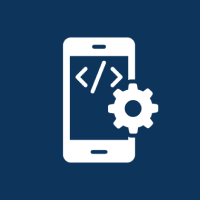



 Database Development
Database Development




